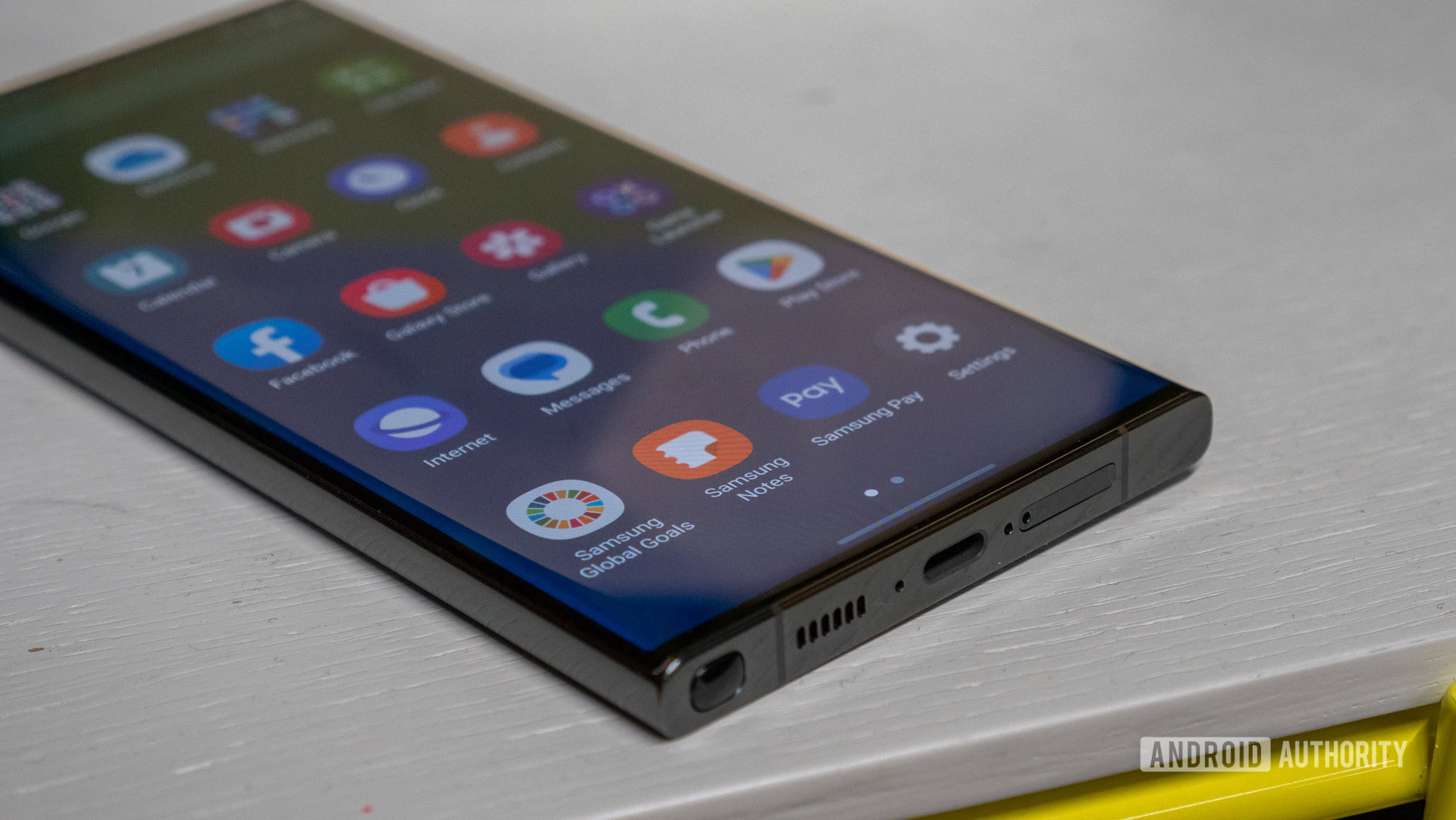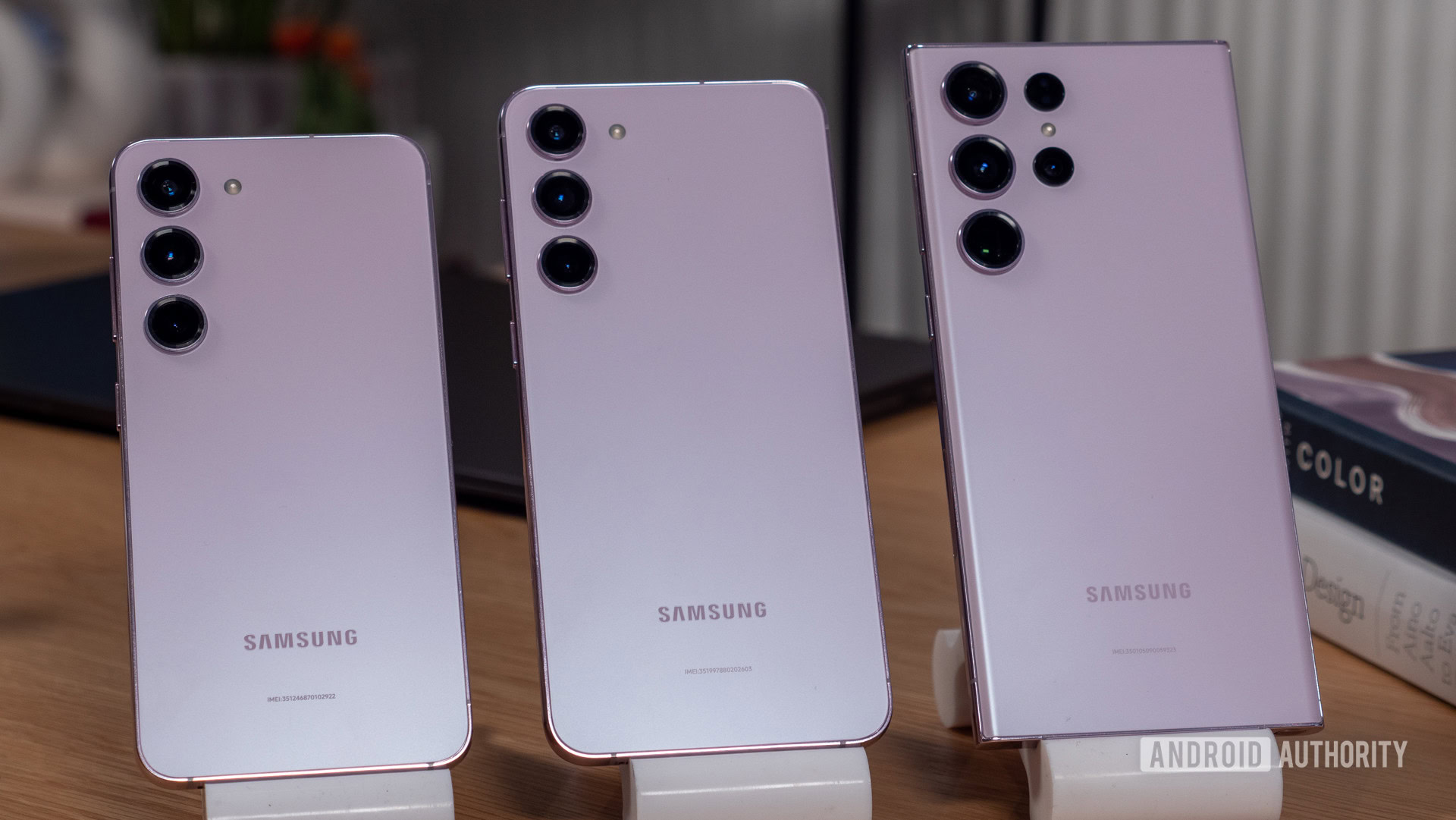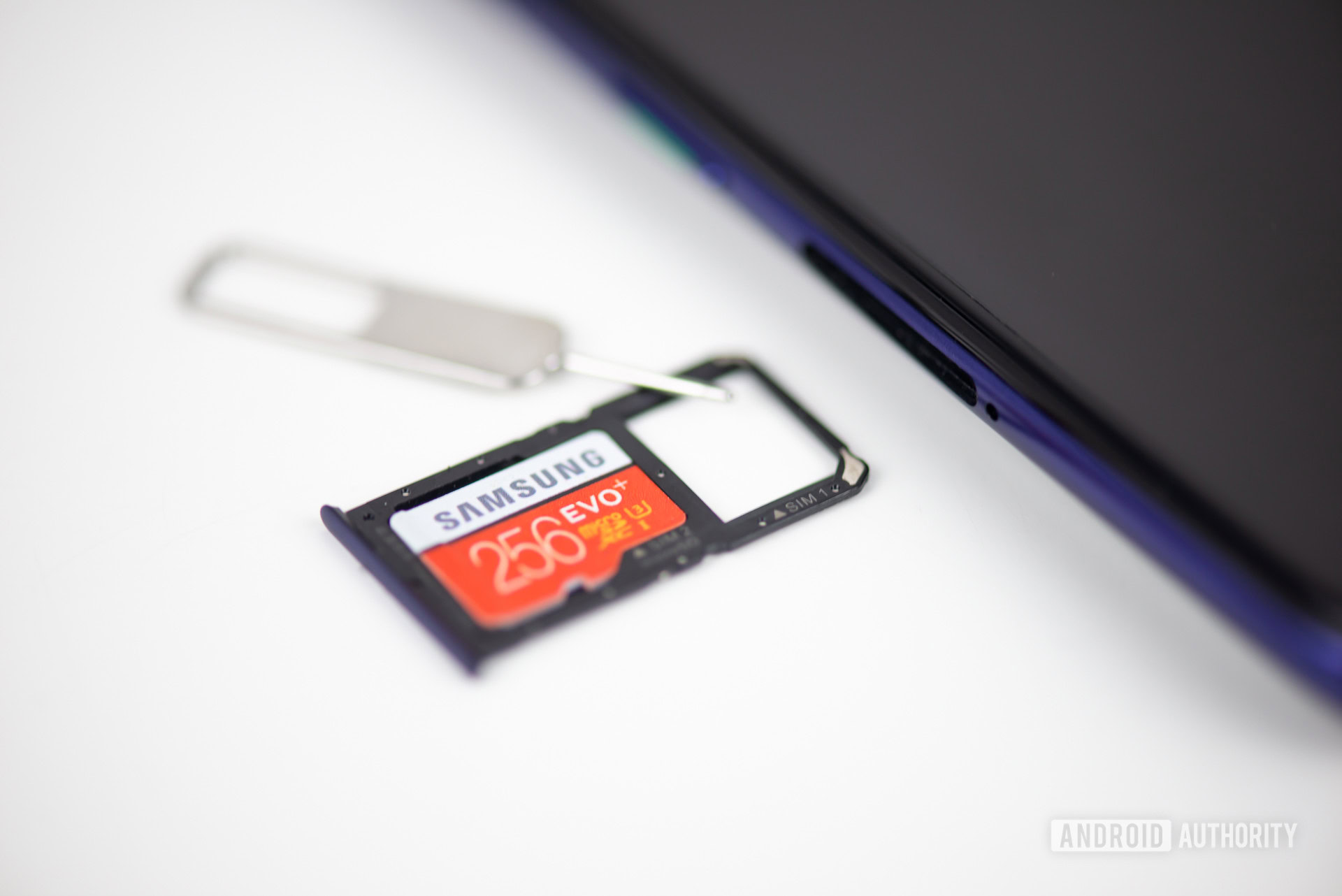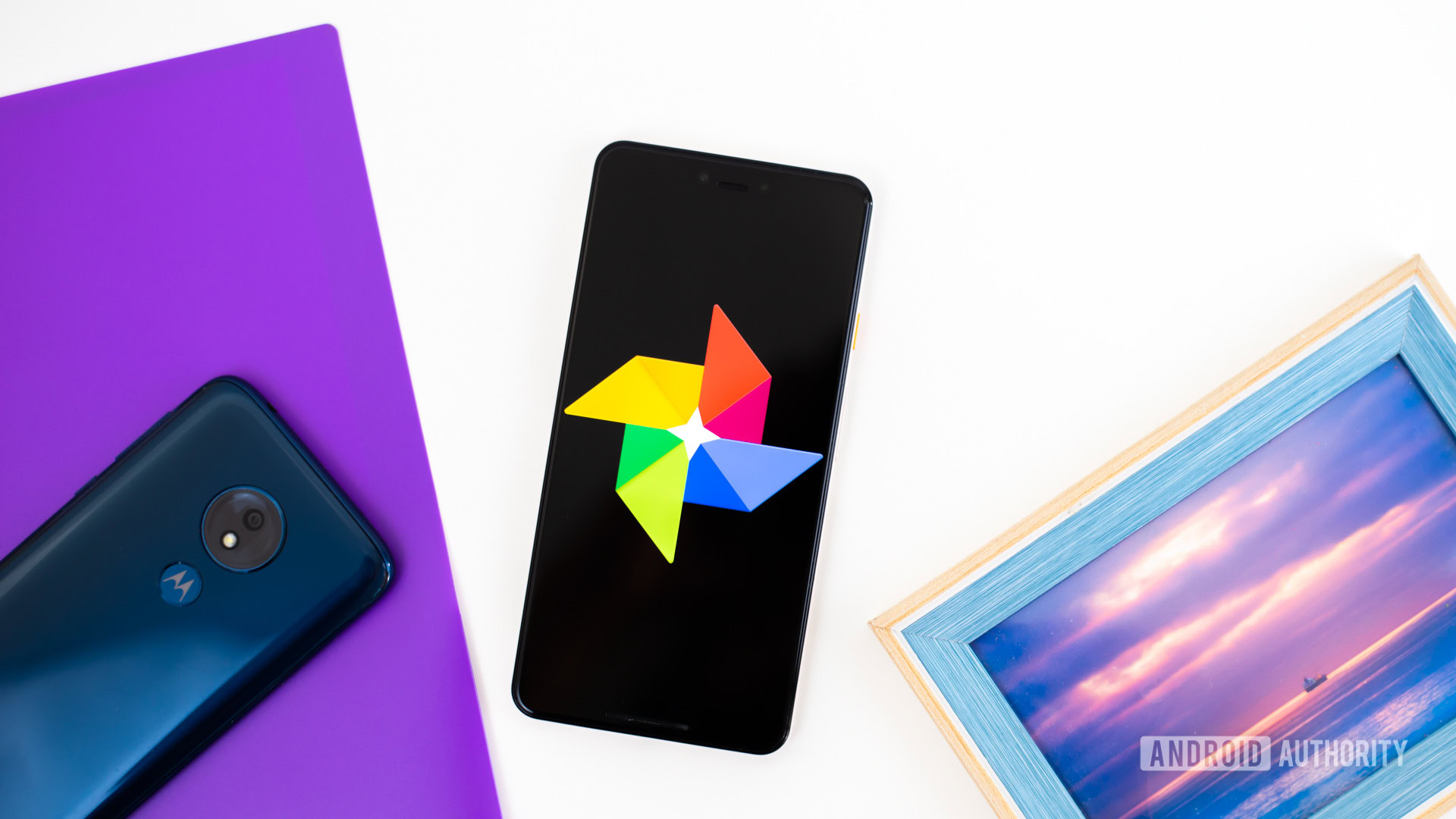Affiliate links on Android Authority may earn us a commission. Learn more.
Does the Samsung Galaxy S23 series have a microSD card slot?

If you were wondering if the Galaxy S23 series comes with a microSD card slot, we have some bad news for you: it does not. This was to be expected since smartphones with expandable storage are a dying breed, especially when it comes to high-end devices. The newer Galaxy S24 series continues this trend.
Fortunately, there are a few different storage variants of the phones available, so most people should find one that suits their needs. We’ll take a closer look at what Samsung has on offer in this post, and we’ll also talk about what to do in case you ever run out of space on your Galaxy S23.
QUICK ANSWER
The Galaxy S23 series does not come with a microSD card slot, so we recommend purchasing a storage variant that will accommodate your present and future needs. Most users will likely be fine with a 256GB storage variant.
JUMP TO KEY SECTIONS
No, the Galaxy S23 series does not come with a microSD card slot

- Galaxy S23: 128GB (UFS 3.1), 256GB (UFS 4.0)
- Galaxy S23 Plus: 256GB, 512GB (UFS 4.0)
- Galaxy S23 Ultra: 256GB, 512GB, 1TB (UFS 4.0)
Thankfully, the flagship series from Samsung not longer starts at 64GB, a number we’d consider woefully inadequate for a modern flagship smartphone. The Galaxy S23 starts with 128GB, while the Galaxy S23 Plus and Ultra start at 256GB. These options should serve most user needs in 2024.
Since the S23 series does not present any options to upgrade your storage later down the line, it becomes imperative that you make the right choice at the get-go.
A good way to assess your storage needs is to take a look at your currently used smartphone storage. Are you already using more than 60% of your current/old smartphone’s storage? If yes, your next smartphone purchase should have more storage, so move up a storage tier to save yourself from some future headaches. If not, you can coast along with the same storage variant for another two years.
Buy what you think you'll need for the next two years at least.
If you’re planning to hold your phone for more than three years (and we strongly recommend that you use your phone as long as it serves your needs), then you should still consider paying more to get a higher storage variant.
In the same breath, we do think 1TB is overkill for most users. We hope you are confident and aware of your needs as a power user if you do intend to purchase that variant.
Why is there no microSD card slot on the Galaxy S23 series?

OEMs also mention that microSD cards take up a lot of space inside the phone, where such space is a luxury. That space can be used to pack in more hardware like better cameras, a bigger battery, or anything else that the phone needs.
However, the prime reason why microSD cards are not supported on most phones is the fact that selling a higher storage variant is an easy upselling technique. It drives would-be-consumers up the price-product ladder, with many consumers spending more than they initially thought they would or should. So, if you want more storage, you need to pay a higher price for the higher storage configuration.
Much to the dismay of consumers, this upselling practice is very effective. So it is unlikely that it is going to be discontinued any time soon. If you’re holding your breath for the microSD card expansion to make a comeback to popular flagships, you should consider moving on.
If you strongly insist on voting with your wallet, here are some great smartphones with microSD expansion, although they tend to be on the lower end of the smartphone spectrum.
What are my alternatives if I want more storage on the Galaxy S23?

As mentioned, if you want more storage, it is advisable to buy a higher storage variant at the time of purchase itself. If you’ve already made a purchase and find yourself running out of storage, you do have a few options.
Free up space in your internal storage
The first solution we recommend is cleaning your internal storage and reclaiming some space. This includes steps like using apps to delete temporary files and old leftover data, uninstalling infrequently used apps, deleting media that is no longer needed, and more. More drastic steps include a complete data reset which will give you a clean slate to restart your journey, with the obvious caveat that you do lose your data (but you can mitigate that through proper backups).
Use cloud storage
If you run out of data, companies are more than happy to offer you a cloud storage solution as a paid subscription. For example, you can back up all your photos and videos on Google Photos with a Google One subscription, which can be a handy solution if you run out of storage and don’t mind paying a few dollars every month. If you’re looking for alternatives, you can explore our recommended cloud storage solutions for Android.
Use local storage
An often overlooked solution is using a local storage solution. You can use USB-C thumb drives like this Sandisk 256GB Dual USB drive for storing your infrequently used media and files. You can even connect your portable external SSDs directly, though you may need an adapter to supply power to the SSD.
You can also set up apps like Resilio Sync to sync data to your computer or NAS, which will then leave you open to the possibility of deleting these backed-up files from your phone. There’s definitely room to explore here, as long as you don’t mind the initial time, effort, and monetary cost.
FAQs
There is no SD card slot or microSD card slot on the Galaxy S23 series.
No, you cannot increase internal storage after purchase.
Galaxy S23 comes with UFS 3.1 storage for its 128GB storage variant, while the 256GB storage variant gets UFS 4.0. While UFS 4.0 is obviously better than UFS 3.1, most consumers are unlikely to notice the difference between the two. You can continue to choose UFS 3.1 without any real worries.